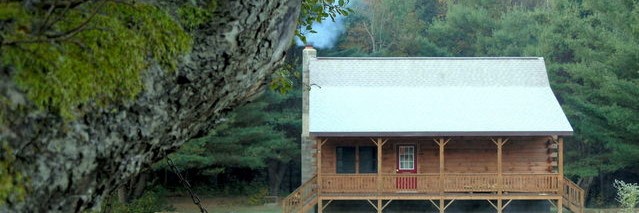
A Homestead
According to Mother Earth News, homesteading … is all about self-sufficiency — wherever you live. It’s about using less energy, eating wholesome local food, involving your family in the life of the community and making wiser choices that will improve the quality of life for your family, your community and the environment around you.
How I Started on the Road to Self-Sufficiency
If you knew me in the ’90’s, you would know this wasn’t even on the radar, as far as I was concerned. I had a family and a busy career. Our nice house had a big yard of grass and gardening was pulling the weeds out between slabs of sidewalk. We bought the usual groceries at the local large chain supermarket, and thought we were eating smart most of the time. I went for my annual checkups and dental visits, paid my bills, and did the best I could otherwise.
My Life Changes Dramatically
When my kids moved out to pursue their own careers I went to California and changed a lot of things in my life. I started shopping for groceries at Trader Joe’s for one thing. All of a sudden, I was seeing fruits and vegetables marked “organic.” The biggest difference I could see was the price!
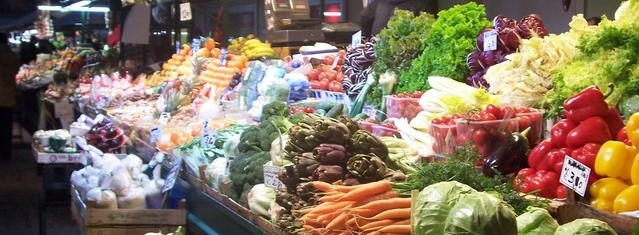
The health professionals I went to in California distributed lists of “dirty” fruits and vegetables and “clean” ones too. As my awareness of what “organic” entailed increased I started adding organic produce to my grocery cart. I also tried more raw products, including raw milk, cream and fish. I enjoyed making raw ice cream and eating different kinds of sushi. I sampled many new cuisines, visited the mountains, and enjoyed the variety.
Living in Florida = Being Prepared
After we moved back to Florida, the political and economic scene changed dramatically and life as I knew it didn’t seem as stable. I couldn’t rationalize “depending on the government” in an emergency situation. If disaster struck either locally or nationally, we would have to be prepared. Hurricanes are always a possibility in Florida, so it made sense to be proactive about this.
Prepping Isn’t Enough
I worked out what we would need if the electricity and water went out, the grocery stores were empty or closed, and we were forced to rough it on an extended basis. Once those scenarios were addressed, the next immediate problem was how to supplement living off beans and rice without going crazy.
Obviously, a greater variety of foods was needed and would have to be grown or stored/preserved. I decided to try my hand at growing some vegetables.
Gardening Failures & Minor Successes
My initial attempt at growing peppers, tomatoes, herbs and strawberries indoors under grow lamps was a total failure. All of my plants developed powdery mildew. I decided they weren’t getting enough light and moved them outside to my patio. The only plants that survived this experiment were the bell peppers, but they didn’t fruit.
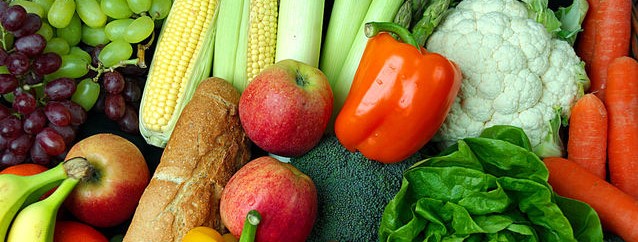
Next, I tried worm farming and a lasagna-style garden in a big box my husband built for me on our patio. We layered it with paper, mulch, compost from our worm bins, and added the pepper plants, a lemon-lime tree, and a pineapple plant I had had for many years. The self-watering boxes I had used in my failed indoor experiment were left outside and replanted with some perennial spinach, stevia, ginger, mint, and tomatoes. My pepper plants started producing and everything was doing a lot better.
More Adventures
The next major change was finding out about a local community garden and a group that shared survival skills. We joined both of those. In our 4’x8’ community garden plot we tried tomatoes, perennial spinach, carrots, sweet potatoes, peppers, and a goji berry plant. At the survival group we gained more skills and met others who also did not want to go under if the economy went bust or weird weather struck.
As part of our exploration for new skills, my husband worked part-time for several months at an organic farm and I took the permaculture design course. These experiences culminated in our decision to have our own homestead. In December 2015, we purchased four acres. For me, becoming a more self-sufficient was a process of increased awareness that started with realizing I wanted things to change.
Things You Can Do to Increase Your Self-Sufficiency

Solar Panels for Energy
Whether you have land or not, being self-sufficient doesn’t require acreage to start. Even apartment dwellers can start right where they are.
- Health issues: First, research the problem you are having to treat it yourself with natural herbs and foods. Give the body a chance to heal. If the situation is an emergency, get the help of a professional.
- Food: If you have a spot in your residence that gets sunlight, whether outside or inside, you have the opportunity to grow herbs and greens. If you have space in your yard or on a patio, you can grow vegetables and fruits in containers. The more space you have, the more you can grow.
- Clothing: Thrift stores are great places for bargain prices on quality clothing. Recycling clothes keeps them out of the landfill. Old t-shirts and sheets can also be woven or crocheted into rugs. Anything you don’t want that is still usable should be donated, not thrown away.
- Work: Self-sufficiency includes creating income. If you have a great job with amazing benefits including retirement, congratulations! Most people need to look at services or products they can provide that others will want to either supplement their income or replace a current job. Most people have skills or the ability to create products or services that others value. The first step is to recognize what you have to offer and start communicating to others about it.
- Groups: Being self-sufficient does not mean being a hermit. It’s important to be part of groups that share your goals, beliefs and/or ideas. The advantage of being part of a group is that members can share skills, exchange products and services, and provide help when needed. Look for groups to join in your area that match your interests.
- Other items: Thrift shops and garage sales often provide many items at deep discounts. Retail shops have sales that can also be used to get better prices on purchases. For consumables other than food, there are many brick-and-mortar and online stores and buying clubs that can reduce your cost on these items. By reducing your spend it becomes easier to cover your needs and be more self-sufficient.
- Energy: Many areas require consumers to be connected to the grid. In an emergency, it’s very helpful to have a generator to keep your refrigerator running and cell phone charged. If you live in a home you purchased, you may be able to add solar to provide some or all of your energy needs. There are many plans available to make it easier to do this. With some pieces of property, wind and hydro may also be possible.
- Water: Not all sources of tap water are really safe to drink. Rather than purchase filtered or bottled water, you can filter the water coming into your residence, or at least the water you drink. Drinking clean water is a major contributor to good health in the long-term.
If you have a well on your property you should also have the water tested to make sure it is not contaminated. Rain water is another possible source of water, but should also be filtered unless it is used in your garden.
People have to make a decision to be less dependent and more self-sufficient. Becoming self-employed, generating your own electricity, having a well for water and a garden/livestock for food are the ultimate in self-sufficiency. If that’s not possible, supporting local farmers and belonging to groups such as food cooperatives, preppers, garden clubs, gun or fishing clubs, communities that have included alternative energy choices, or others definitely makes a difference.
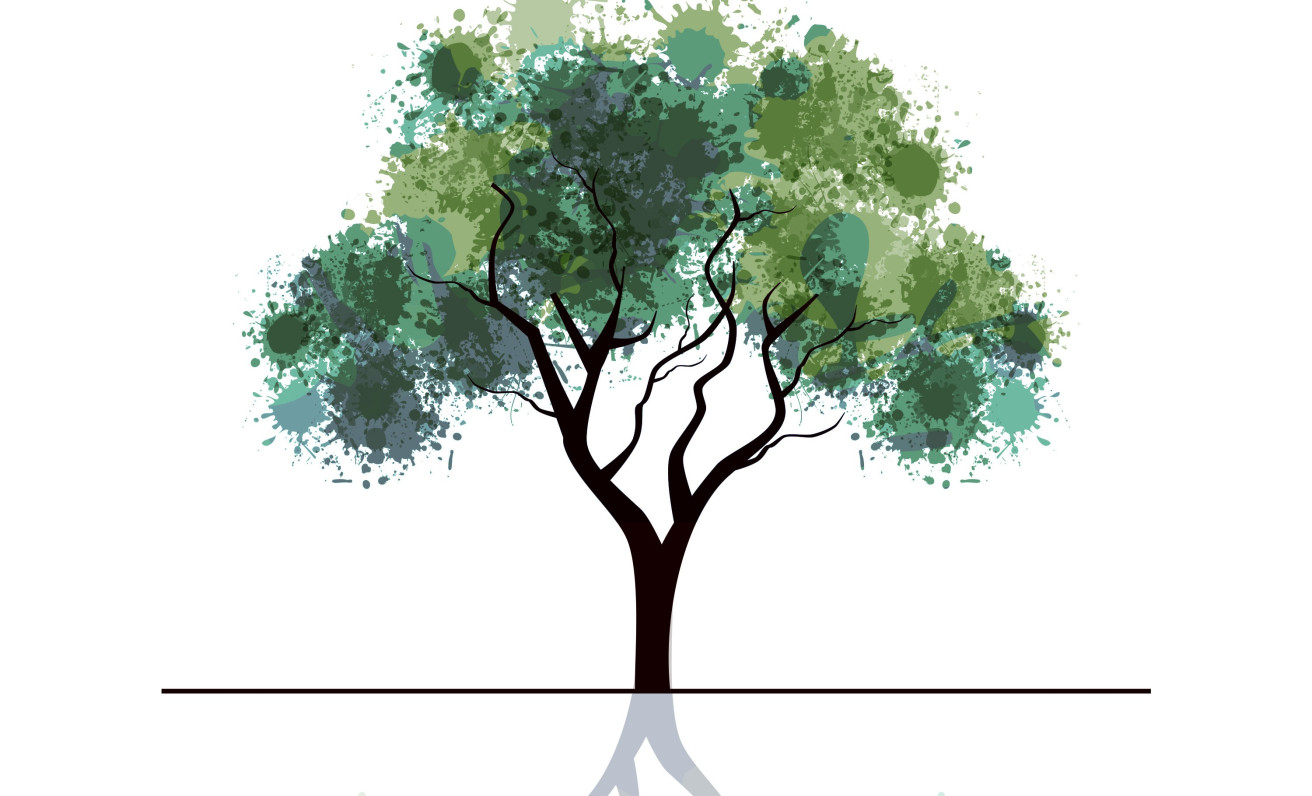
Tree of Life
I hope you enjoyed the checklist. Now that you know what you can change you can start moving up to more self-sufficiency soon!
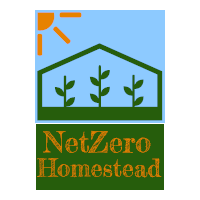
Long time supporter, and thought I’d drop a comment.
Your wordpress site is very sleek – hope you don’t mind me asking what theme you’re using?
(and don’t mind if I steal it? :P)
I just launched my site –also built in wordpress like yours– but the theme slows (!) the site down quite a bit.
In case you have a minute, you can find it by searching for “royal cbd” on Google (would appreciate any feedback)
– it’s still in the works.
Keep up the good work– and hope you all take care of yourself during the coronavirus
scare!
Justin, thanks. The theme I’m using is called Penscratch 2. Of course, you are welcome to use it for your own site and good luck with it!
Great blog! Do you have any tips and hints for aspiring writers?
I’m planning to start my own website soon but I’m
a little lost on everything. Would you recommend starting with a free platform like WordPress or go for
a paid option? There are so many choices out there that
I’m totally confused .. Any ideas? Bless you!
Hi, Anais! My suggestion is to write about something you are passionate about. This makes it a lot easier. Definitely start with something free. See how it goes and then when you have enough content, you can think about a paid option. I hope this helps!
It is very nice to read your site, thank you very much for your work, it’s great!
Thanks very much! I hope to get moved to the new house soon and will have a lot more to say then!
I liked the checklist, gets you oriented to the blog and your goals for the homestead, reads well and easy to follow. Good job Mom!
Thanks, Alex! I’m glad you are enjoying reading the posts!